 ਵਾਪਸ
ਵਾਪਸ

Now a days Drumstick leaves, seeds, seedpods, flowers, and roots are used very much by many people. Drumstick is very nutritious, and rich in vitamins A and C, iron, and calcium. It is also expected to keep skin healthy and smooth and give strength to bones. The drumstick tree is also grown as a homestead crop. Drumstick contains Vitamins C, B5, Manganese, and Magnesium
Drumstick crop grows in Hot and humid climates. The temperature of 25 to 30-degree Celsius is suitable for flowering in drumsticks.

Land Preparation
Land Preparation
If planting a large plot, it is recommended to first plough the land. Prior to planting a seed or seedling, dig a planting pit about 50cm in-depth and the same in width. This planting hole serves to loosen the soil and helps to retain moisture in the root zone, enabling the seedlings’ roots to develop rapidly. Compost or manure at the rate of 5kg per pit can be mixed with the fresh topsoil around the pit and used to fill the pit


Planting
Planting
Drumstick crops can be planted by direct seeding or cuttings.
Direct seeding in Drumstick Farming
Direct seeding in Drumstick Farming
If water is available for irrigation Prepare a planting pit first, water, and then fill in the pit with topsoil mixed with compost or manure before planting seeds. In a large field, trees can be seeded directly at the beginning of the wet season.


Growing from Cuttings in Drumstick Farming
Growing from Cuttings in Drumstick Farming
Use hard wood, not green wood, for cuttings. Cuttings should be 45cm to 1.5m long and 10cm thick. Cuttings can be planted directly or planted in sacks in the nursery. When planting directly, plant the cuttings in light, sandy soil. Plant one-third of the length in the ground (i.e., if the cutting is 1.5m long, plant it 50cmdeep). Do not overwater; if the soil is too heavy or wet, the roots may rot.

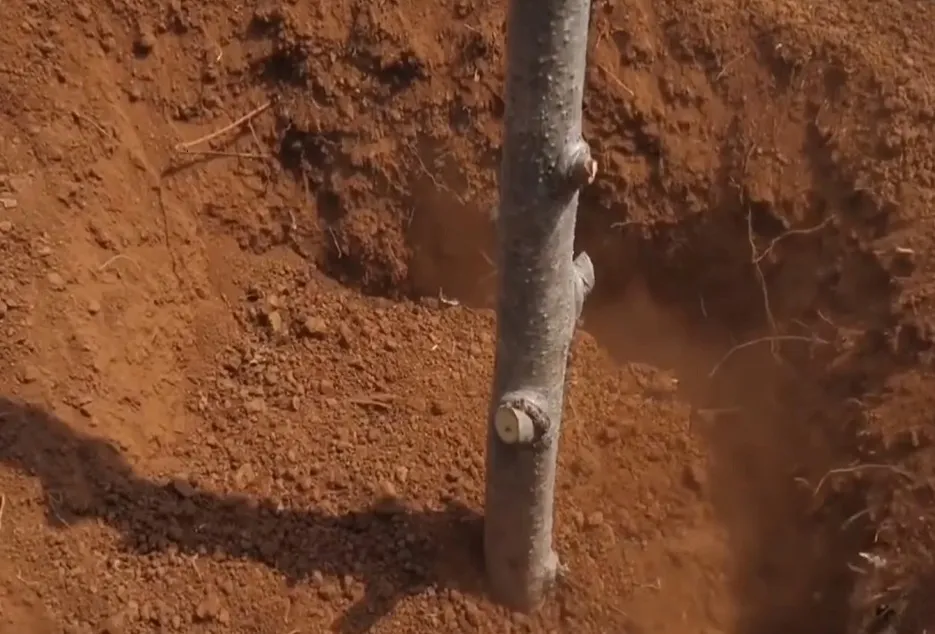
Good Drumstick varieties
Good Drumstick varieties
The popular varieties in India are Rohit 1, PKM 1, PKM 2, Coimbatore 1, Dhanraj, Bhagya (KDM-01), and Coimbatore 2.
Planting distance/Spacing
Planting distance/Spacing
For intensive Drumstick or Moringa production, plant tree every 3 meters in rows 3 meters apart. To ensure sufficient sunlight and airflow, it is also recommended to plant the trees in an east-west direction.


Irrigation and Water Supply
Irrigation and Water Supply


Moringa/Drumstick plants do not need much watering. In very dry conditions, water regularly for the first two months and afterward only when the tree is obviously suffering. Moringa trees will flower and produce pods whenever there is sufficient water available. If rainfall is continuous throughout the year, Moringa trees will have a continuous yield.


Manure and Fertilizers
Manure and Fertilizers


Moringa trees will grow well without adding much fertilizer. Farmyard Manure @ 8-10 kg per plant must be applied to the planting pit 8-10 days before planting of seedlings and 20 kg each of nitrogen, phosphorus, and potash per acre. is to be applied at the time of planting and the same dose is repeated at every six months interval for the crop in drumstick farming.
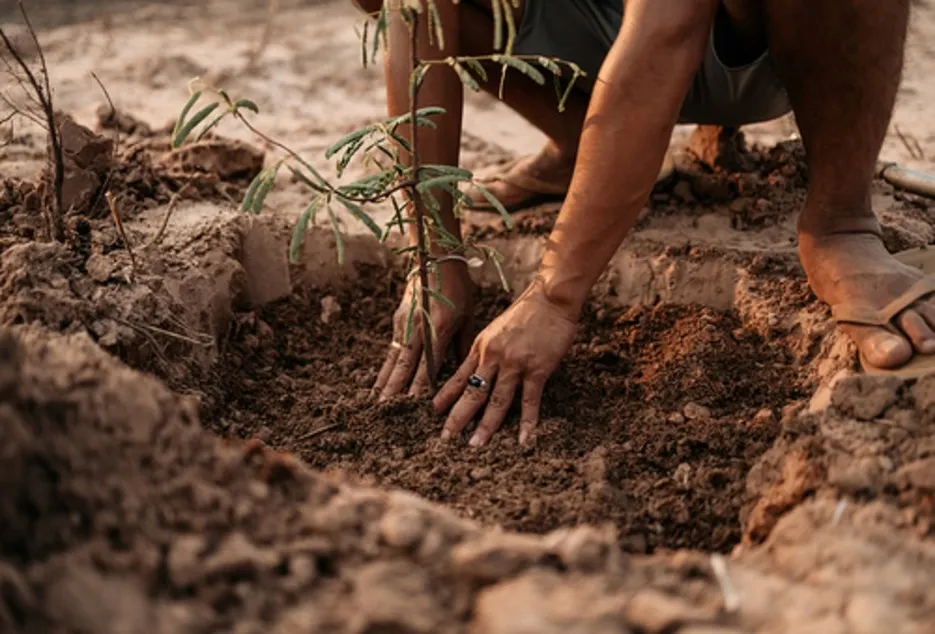

Pest Management
Pest Management


Caterpillar
Caterpillar
Leaf eating caterpillars and Hairy caterpillars occurring in the rainy season destroy the leaves. Pheromone traps were used to manage the pest.


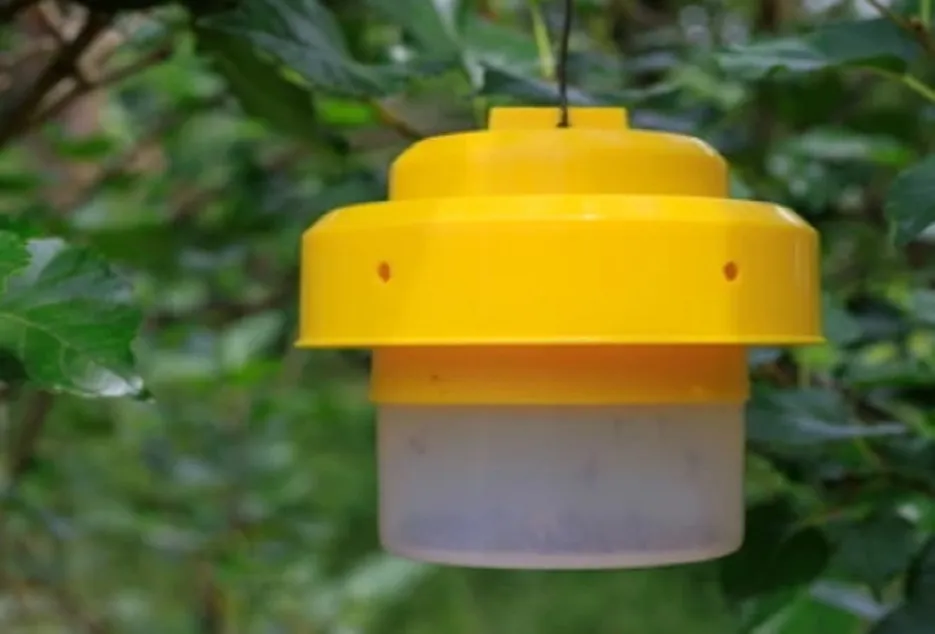

Jassids and Mites
Jassids and Mites


This pest sucks the sap and releases honey-like substances. Sticky traps were installed in the field to manage this pest.


Bark eating caterpillar
Bark eating caterpillar


This can be controlled by the mechanical method by adding an iron rod or tar or the addition cotton ball soaked in petrol in the hold. The spraying may be done in the morning or evening hours.
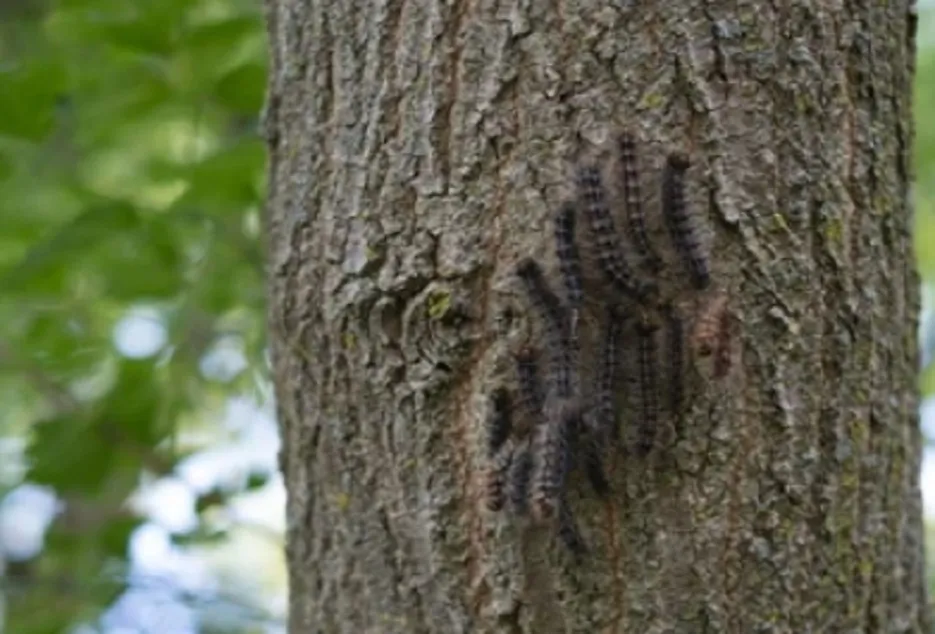

Pruning
Pruning
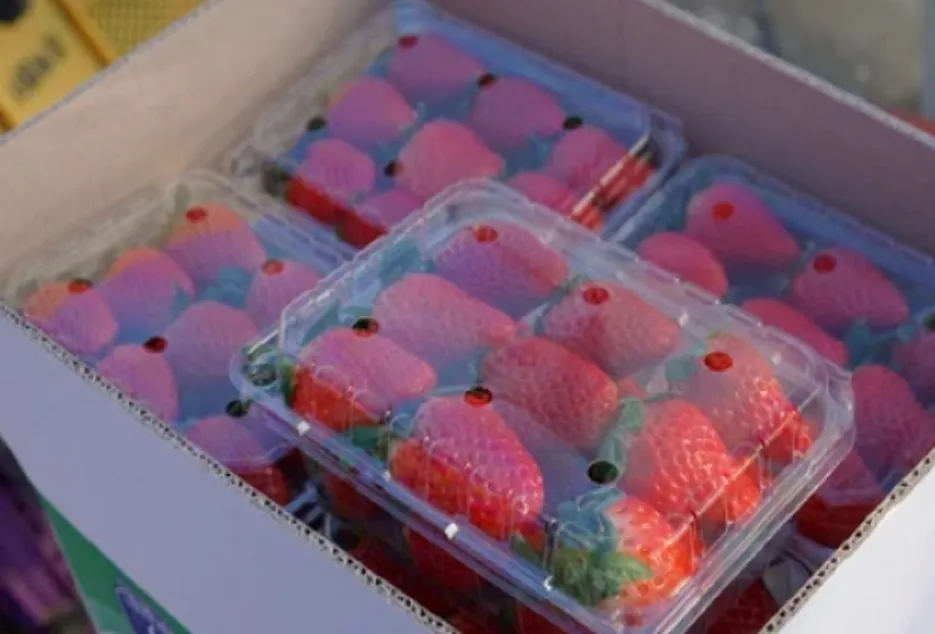

When the plant reaches one meter, the apex shoot of the plant may be removed to allow lateral shoots to emerge for better productivity and yield. Proper support may be given to each plant. First pruning should be done after 2 months of planting or when the plant reaches a height of one meter.

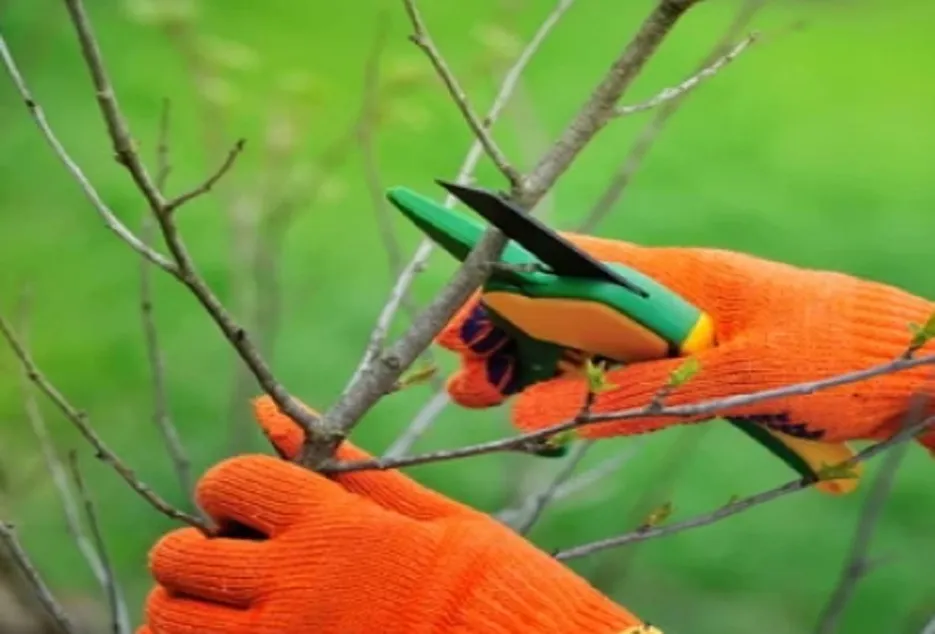
Harvesting
Harvesting


When harvesting pods for human consumption, harvest when the pods are still young (about 1cm in diameter) and snap easily. Older pods develop a tough exterior, but the white seeds and flesh remain edible until the ripening process begins. When producing seed for planting or for oil extraction, allow the pods to dry and turn brown on the tree. In some cases, it may be necessary to prop up a branch that holds many pods to prevent it from breaking off. Harvest the pods before they split open, and seeds fall to the ground. Seeds can be stored in well-ventilated sacks in dry, shady places.

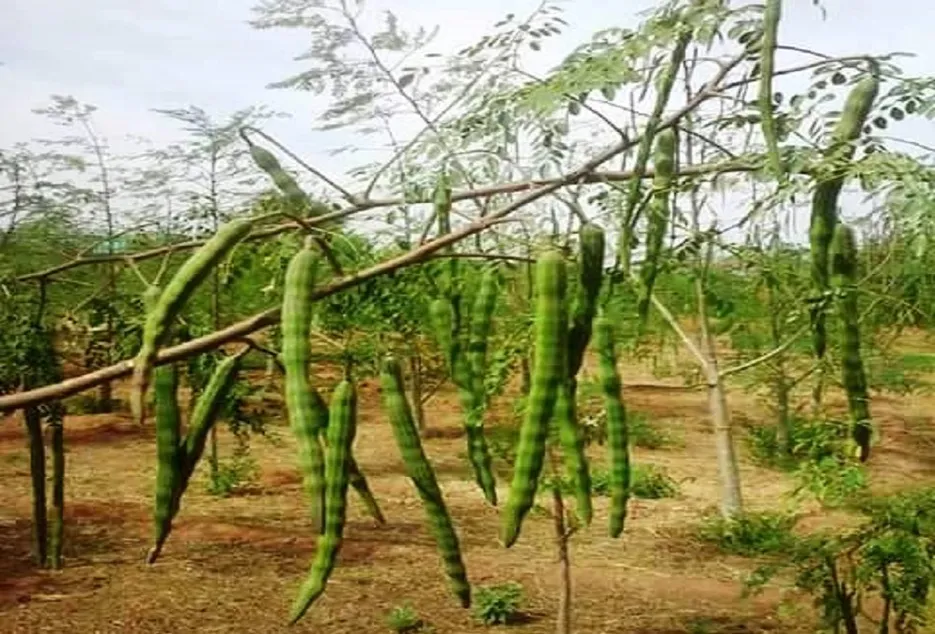
Yield
Yield


This depends on the seed type/variety cultivated. The yield could be around 50 – 55 tones of pods per hectare (220 pods per tree per year).
Thank you for reading this article, we hope you clicked on the ♡ icon to like the article and also do share it with your friends and family now!










